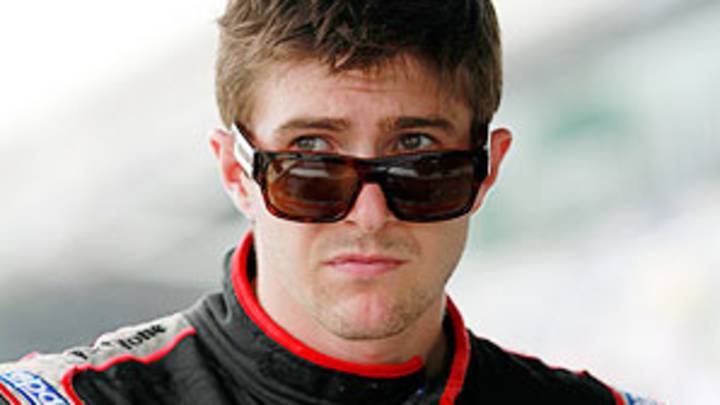New IndyCar chassis, engines have drivers excited to log testing miles


SEBRING, Fla. -- Helio Castroneves skulked around the Team Penske engineering station, hoping -- fruitlessly -- that he would have a chance to retake control of the DW12 Chevrolet he and his teammates were shaking down at one of the first IndyCar tests of the season at Sebring International Raceway. Tony Kanaan, meanwhile, was turning lap after lap in his KV Racing Technology team car. Just down the ersatz pit wall of concrete dividers, Marco Andretti was eagerly anticipating his first laps of the year.
IndyCar drivers have not been nearly as eager to log preseason miles for much of the past decade. But with the old model race car, which debuted in 2003, finally shelved and a new Dallara, powered by new Chevrolet, Honda and Lotus engines, being rolled into inventory, drivers and engineers have much to learn. And the drivers are exhilarated by the prospect and process.
"I love it," said Kanaan, a 10-year IndyCar veteran and the 2004 series champion. "It's back to the old times. We're going to stay here for three days. We probably haven't done that in 12 years. I'm enjoying it."
Enjoying it because he's busy, he said.
"In the past years you come in with the test plans: 'OK, we're going to do dampers, springs and that's it. It's the same car,'" he recalled. "Now you do engine [testing], you're discovering things. Is it good for the car or no? It's a lot busier."
Castroneves eventually had to cede to teammates Will Power and Ryan Briscoe because electrical problems had cut short their track time on the first day of the test. So Castroneves spent part of the remainder of the afternoon debriefing with Chevrolet engineers who were busy scrawling notes or entering information into banks of laptop computers.
"Any new design, when it comes out, it has issues," Castroneves said. "A new iPhone has issues. It is awesome talking about what you can do. What can develop? So for me, I love it. This is what it is all about, racing. You always work to improve. Right now we're working together to start the first race of the season in good shape."
That didn't mean he liked getting out of the car.
"I was like, 'Aw come on, man, I was just getting ready ... this was my first time of the year,'" he smiled. "It's OK. It's part of the deal. It's refreshing. You want to keep your mind on the car and learn about the car. There's so much to learn. It's really cool."
That every driver has so much to learn could simplify the learning process for younger drivers such as JR Hildebrand and Simona de Silvestro. Their Panther and HVM teams, respectively, might not deploy the same amount of resources -- financially nor technologically -- as Ganassi Racing, which has won three straight titles with Dario Franchitti, or Team Penske, but the elimination of their advantage in institutional knowledge is helpful, de Silvestro said.
"I think it helps," said de Silvestro, who enters her third IndyCar season. "It's kind of a level playing field and you have to work hard to figure out what the car wants, and I think if you don't have that much experience in the car, maybe it makes it a little bit easier to adapt because it feels pretty good to you. If somebody had driven a race car for awhile, they're really used to that."
De Silvestro tested a Lotus manufactured Dallara at Sebring this month but will pace one of her actual HVM machines for the first time next week at Sebring. IndyCar has not had competing engine manufacturers since Toyota and Chevrolet exited under Honda dominance following the 2005 season.
"Before you kind of knew the window of where the car wanted to be and now you have to find that window," she said. "So you really go from one side to the other and it's really cool because, as a driver, you see all these different things. ... It's really cool to be part of it in the early stages and learn all these things that you can do different and learn about the engine."
Hildebrand and de Silvestro also seem to enjoy the concept of being consulted, rather than instructed, and getting the chance to help develop parameters for their new cars.
"It's been a really cool experience for me, actually, to be able to have some sort of input," said Hildebrand, who enters his second full IndyCar season. "[Chevrolet engineers] come over and they ask questions about getting out of pit lane or what the problem spot is, or the downshifts. It's kind of neat to be a piece of the development in some small way."
